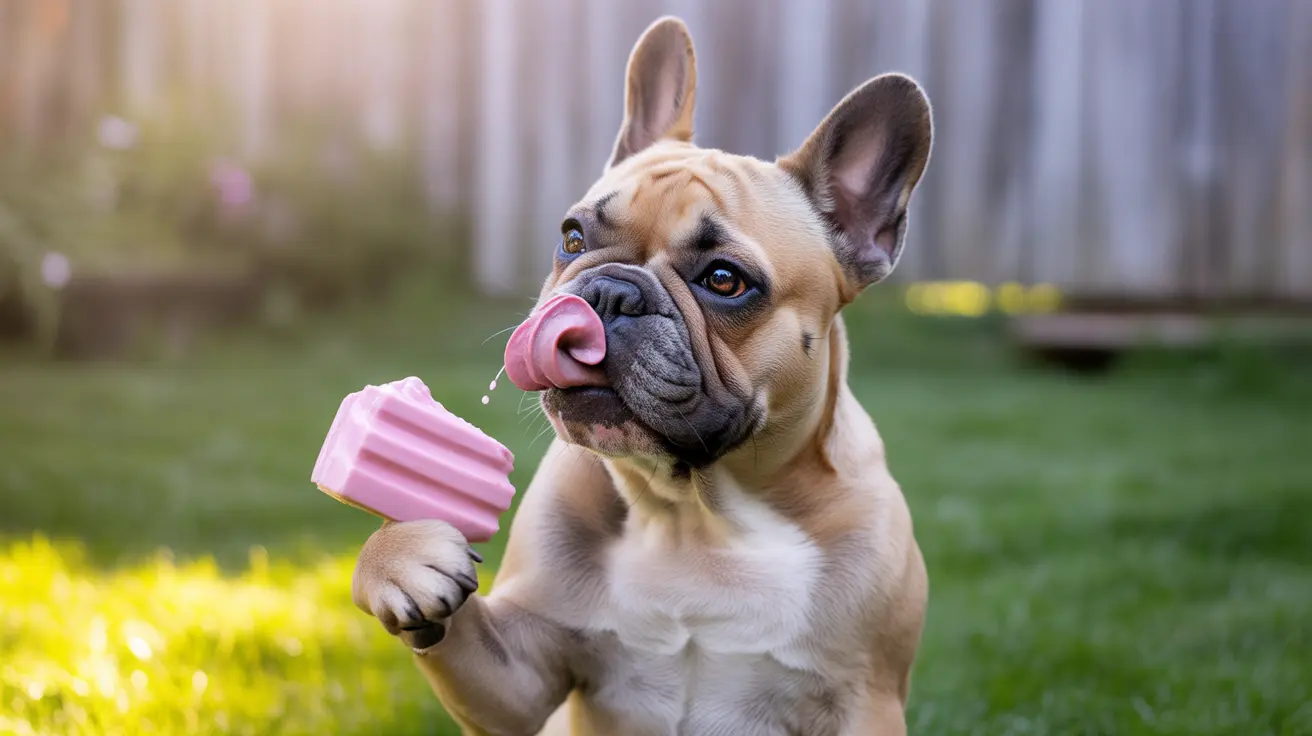Training Male Dogs to Stop Humping: What Works and Why
Dog humping, or mounting, is a behavior that can confuse or embarrass many pet owners. While often assumed to be sexual, humping usually has roots in other behavioral or emotional triggers. Understanding the cause of humping in male dogs and applying the right training techniques can help curb this habit effectively.
Why Do Dogs Hump?
Humping is a normal part of canine behavior affecting both males and females, neutered or not. It often stems from:
- Sexual drive, especially in unneutered dogs
- Excitement or overstimulation
- Stress or anxiety, used as self-soothing
- Play behavior, particularly in young or energetic dogs
- Seeking attention from people or other animals
- Frustration or attempts at social control
- Medical issues like urinary tract infections or priapism
Because mounting can have many causes, it's important to observe the context in which your dog exhibits the behavior.
Is Humping About Dominance?
Contrary to outdated beliefs, humping is not always a sign of dominance. Research shows dogs hump for many reasons unrelated to asserting power. For example, dogs might mount during play as a sign of enthusiasm. If the behavior becomes one-sided or causes distress to another dog, it's appropriate to intervene calmly.
Effective Strategies to Prevent Humping
There are several proven techniques to train male dogs not to hump:
- Spay or Neuter: Hormonal urges are a primary reason young or intact dogs hump. Spaying or neutering often reduces the frequency of the behavior, especially if done early. However, if humping has become habitual, surgical sterilization alone may not solve the problem.
- Exercise and Mental Stimulation: Dogs with plenty of physical and mental engagement are less likely to mount for lack of stimulation. Prioritize daily walks, playtime, puzzle toys, and training games to channel energy constructively.
- Manage Triggers: Identify events tied to humping—like guests arriving or new scents—and create structure around them. Keep the environment predictable and reduce overstimulation where possible.
- Interrupt and Redirect: Learn to spot early signs like circling or intense focus. Use cues such as “come” or “sit” to interrupt and quickly redirect the dog’s attention to a toy or mat. Reward calm and appropriate behavior generously.
- Avoid Using Punishment: Punishing a dog for humping can increase anxiety and worsen problem behaviors. Instead, remain calm, interrupt consistently, and use positive reinforcement to reshape behavior.
- Teach Foundational Commands: Commands like “sit,” “stay,” and “go to mat” give you control in various situations. Incorporating these into daily routines improves impulse control and reduces humping triggers.
- Monitor Group Play: In multi-dog households or at dog parks, supervise interactions. Step in early if mounting becomes persistent or distressing to other dogs.
- Consult a Professional: If humping becomes compulsive, aggressive, or stressful, consult a certified trainer or behaviorist. For potential health issues, always begin with a vet checkup.
When to Seek Help
Persistent humping that interferes with quality of life, or is tied to signs like excessive licking, distress, or irritability, may indicate a deeper issue. Dogs may develop compulsive behaviors as a response to chronic stress or uncertainty. Such cases benefit from a tailored plan developed with professional help.
Positive Behavior Management Is Key
Ultimately, training male dogs not to hump relies on recognizing the underlying motivations and responding appropriately. Instead of punishment, proactive management—including training, exercise, and understanding emotional causes—will lead to long-term success.
While some humping is harmless and may disappear with time, redirecting the behavior early, consistently, and positively sets the stage for a well-adjusted dog and a more relaxed household environment.





